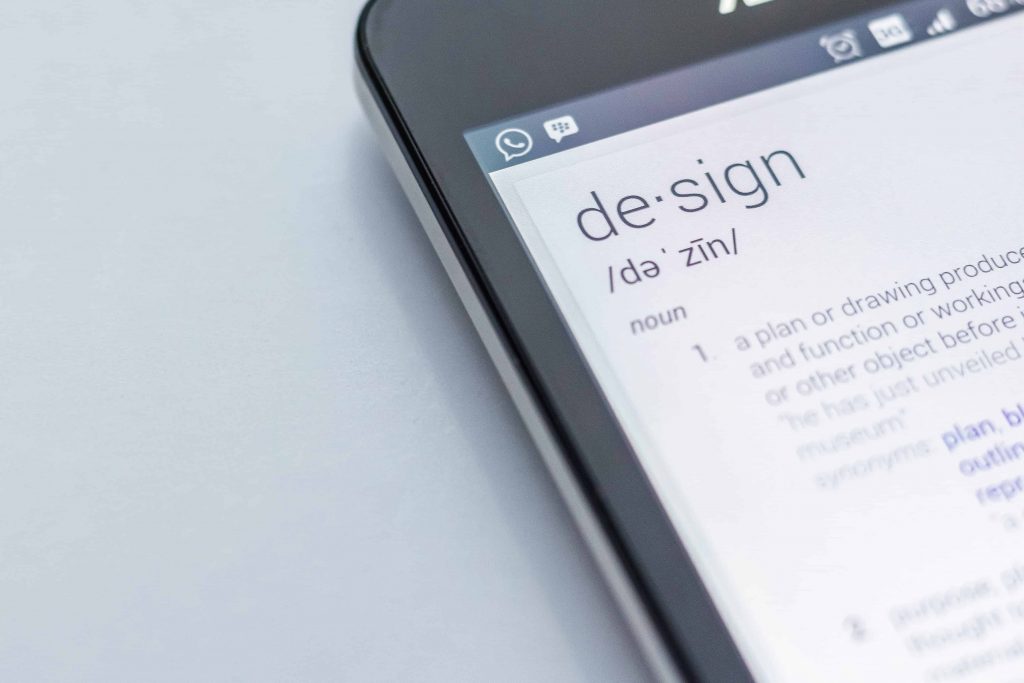Key school website terminology you should know

There’s a plethora of “lingo” or website terminology that is used in the web design industry. While website professionals may be comfortable using this language in day to day life, many clients and other people may not understand certain terms or know how to communicate ideas for their website.
The same situations apply with websites for schools. On top of the regular website lingo that applies to designing a website, there are also certain terms for school websites specifically. We’ve crafted a guide to help you understand some of the most important terms in the school website industry. For more information on basic elements of website technology, check out our blog post for more details.
General school website terms
Accessibility
Website accessibility refers to producing content that is suitable for people with disabilities, including people with age-related impairments. For the web, this means that people with disabilities can navigate, understand, and interact with websites and internet functions without barriers. This term is crucial for a school website because it’s imperative no student, faculty member, or parent is not considered when publishing accessible site content. A great example of accessible website content is including textual identifiers, like alt-text, in every image on your school website. Having alt-text will describe the photo rather than display them.
Call to action
A call to action (CTA) is a place on your school websites that calls users to take an action step. Calls to action could link to other spots on your website, contact forms, buttons, social media icons, etc. They could encourage users to make a donation or sign up for a consultation with your school. They’re great ways to get your website visitors involved with your web content. Web developer tip: include a CTA on your website’s hero spot – it’s the first thing people see when visiting your website.
Enrollment
During the enrollment process, parents register their children to attend your school. Many enrollment processes occur through your school website, making enrollment an important school website term. How your school website is marketed, designed, and organized will give off a strong first impression to parents and families, and could impact whether or not they decide to book a consultation with your administrators or enroll.
Gated content
Gated content is web content that is only readily available once the website user submits a certain criteria of information The most popular criteria are name and email address. The gated content users are accessing is more impactful, insightful, and unique to your school. Gated content could be a FAQ for parents, a comprehensive guide to your school, the list goes on.
User interface and experience
Differing from user experience, user interface is a part of your user’s experience that includes all of the elements on your site that users can see and interact with. User experience is how a user completes an action on your website.
School website design terms
Color Codes
Web designers use three main color codes. They are RBG, Hexadecimals, and CMYK. RGB stands for “Red, Green, Blue” and it is commonly used in web design because those are the primary colors used by computers. Hexadecimals (or Hex Code) are a 16 color code system that uses letters A-F and numbers 0-9 to define colors. CMYK stands for “Cyan, Magenta, Yellow, Black.” CMYK is primarily used for off-set printing.
GIF
GIF, or “graphics interchange format,” show animated images with low color profiles.
JPEG
A JPEG file stands for “joint photographic experts group.” A JPEG image has been compressed down for the web, but there is very little loss in photo quality. It’s best used in photographs.
PNG
A PNG file stands for “portable network graphic,” and they’re most commonly used when the image has a transparent background or larger areas of color, like graphics.
Sans-serif and Serif
Sans-serif is website terminology that refers to the shape of the font you’re using in your website. A sans-serif font is a font without serifs. Popular fonts include Arial, Calibri, Lato, and Monserrat. Opposite of a sans-serif font, a serif font is a font with serifs. Popular serif fonts include Times New Roman, Georgia, and Garamond.
SVG
An SVG is a “scalable vector graphic.” This image format is great to use when the image you need for your website must be scalable or used for interactive content. A common use of SVGs is for school logos that need to adapt to different screen sizes.
School website SEO terms
Admissions funnel
The admissions funnel is a school marketing term that applies to the process in which a prospect advances to an enrolled student. A school admissions funnel requires different tactics than a standard admissions funnel because both parent and student experiences are involved. Enhancing your school website marketing efforts will directly impact your school admissions funnel.
Keyword
Keywords and keyphrases are words and phrases that you “target” your school website content to focus on. Keyword research and selection are an important part of school SEO.
Traffic
Your website traffic is the tracking of the visitors and engagements occurring on your website. You can monitor website traffic through Google Analytics to boost your school website marketing efforts.
Conversion
A conversion occurs when a website visitor completes an action on your site, like registering for an open house, making a donation, or filling out a contact form.
Contact Us Today
Want to learn more about school website terminology and how to apply some to your small school website? Contact us today for a free 15-minute website consultation.